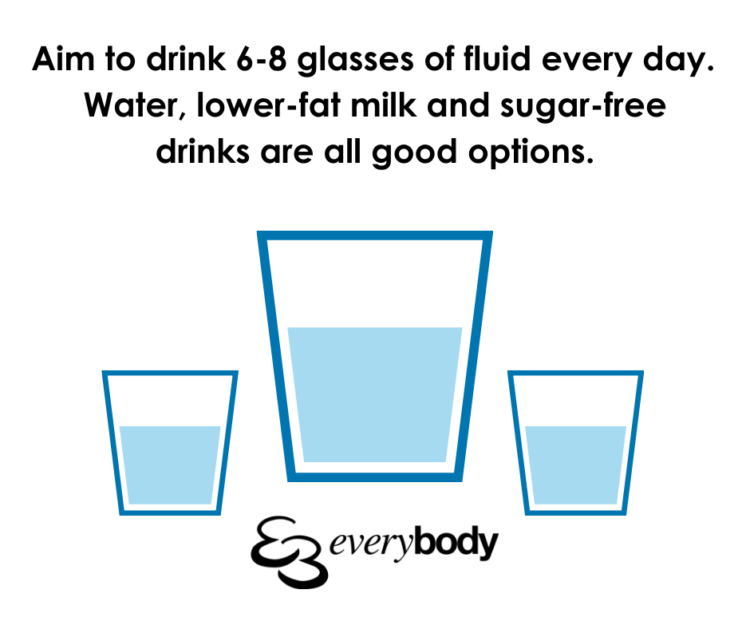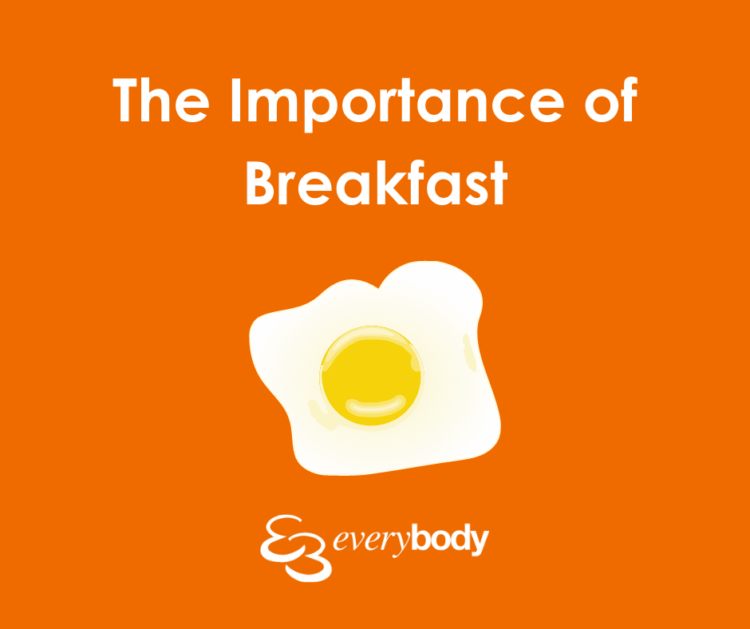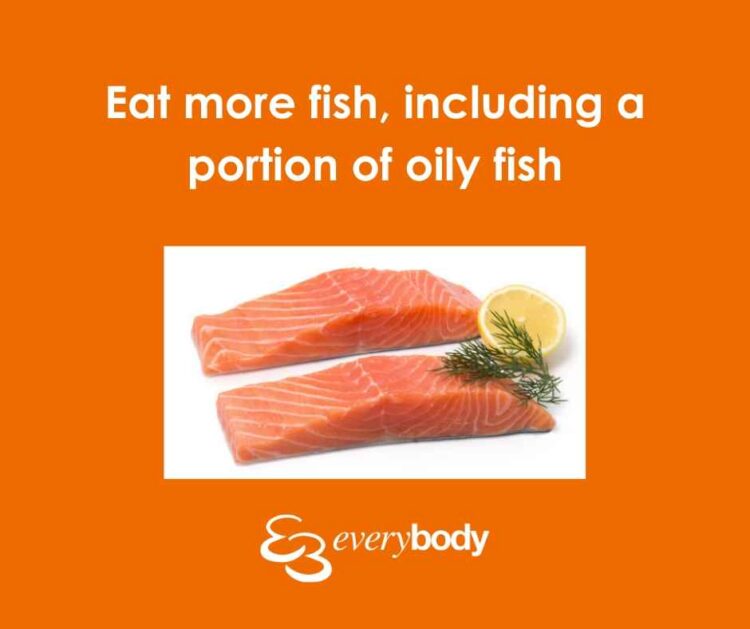TOP TIP ONE:

Aim to have at least 5 portions of fruit and vegetables. A mixture of this can be bought fresh, frozen, canned/tinned, dried and juiced. However be careful as dried and juiced have a higher content of natural sugars.
- Good source of vitamins and minerals that include folate, vitamin C and potassium
- Good source of dietary fibre
- Low in fat and calories
- Fruit and vegetables taste really good, and you have so many to choose from!
- Almost all fruit and vegetables count, which include dried, frozen, fresh or tinned.
TOP TIP TWO:

Drinks Count As Well!
Smoothies, fruit and veg juices all count towards your 5 A DAY too.
A 150ml glass of unsweetened, 100% fruit or vegetable juice or smoothie counts as a maximum of one portion.
That means, no matter how much you drink, it’s still just one portion, and because juices and smoothies can contain a lot of fruit sugar, it’s best to limit the amount you drink and try to drink with meals to reduce the risk of tooth decay.
TOP TIP THREE:

Start the day with breakfast, aim to have within 30 minutes of waking, but no more than after 1 hour.
It will kick start your metabolism, and make you ready for the day ahead. It also reduces mental fatigue and increases your level of concentration.
TOP TIP FOUR:

You should aim to complete 150 minutes of moderate intensity exercise over a 7 day period. This could be in 10 minute bursts or 30 minute sessions five times a week.
TOP TIP FIVE:

Fish is a good source of protein and contains many vitamins and minerals. Aim to eat at least 2 portions of fish a week, including at least 1 portion of oily fish. Oily fish are high in omega-3 fats, which may help prevent heart disease.
Oily fish include:
- salmon
- trout
- herring
- sardines
- pilchards
- mackerel
Non-oily fish include:
- haddock
- plaice
- coley
- cod
- tuna
- skate
- hake
You can choose from fresh, frozen and canned, but remember that canned and smoked fish can be high in salt. Most people should be eating more fish, but there are recommended limits for some types of fish.
